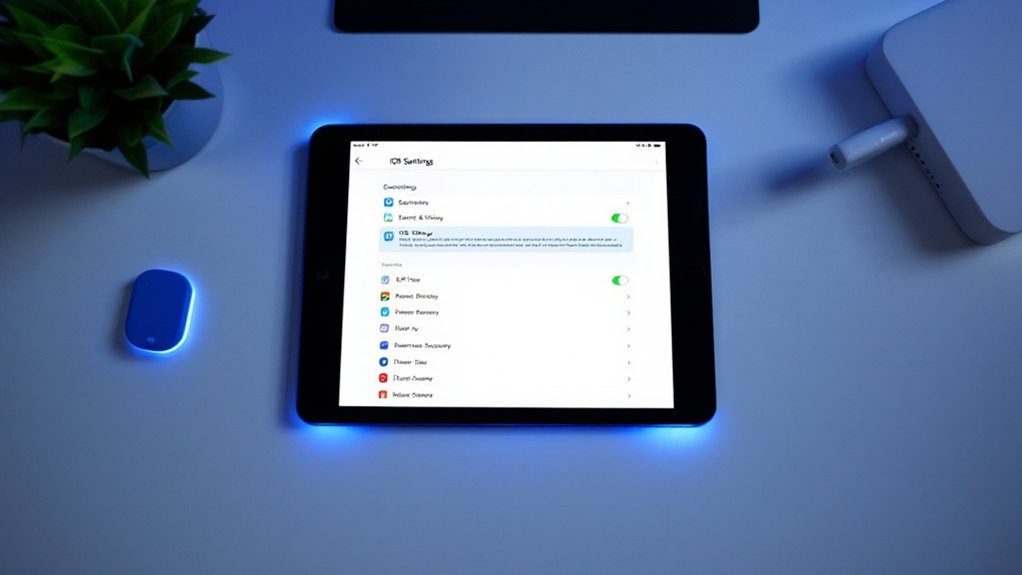Googleusercontent.com functions as Google’s specialized platform for hosting and delivering user-generated content across its ecosystem of services, including Google Drive, Photos, and Sites. This dedicated domain employs advanced security measures and cookie-less architecture to improve performance during protecting user data. Through strategic caching mechanisms and subdomain organization, the platform guarantees reliable content delivery and maintains separation from Google’s main domain for better security. Understanding its role proves essential for users concerned with content management, privacy, and digital security practices.

Ever wondered about those long, cryptic googleusercontent.com URLs that appear across the internet? This domain serves as Google’s dedicated platform for hosting user-generated content from various services, including Google Photos, Drive, and Sites, although maintaining separation from the main Google.com domain for improved security and performance purposes.
The technical infrastructure of googleusercontent.com employs particular subdomains to indicate different Google services, with the “bc” subdomain distinctly designated for Compute Engine instances with external IP addresses. Users can access their stored content anywhere through these reliable hosting services. This cookie-less domain architecture improves request performance by preventing accidental access to Google-wide cookies from user content, while facilitating faster content delivery through strategic caching mechanisms.
The domain plays an essential role in Google’s ecosystem, hosting everything from search result thumbnails to Gmail attachments and translated web pages. Nevertheless, this functionality comes with significant security implications, as traffic from googleusercontent.com can originate from either Googlebot or regular users, creating potential vulnerabilities that malicious actors might exploit by masquerading as legitimate Google services. Similar to their approach with the virtual stockholder meeting, Google prioritizes accessibility while maintaining robust security measures.
For marketers and webmasters, googleusercontent.com presents unique challenges in analytics tracking and lead capture processes. The domain’s behavior can impact SEO performance and require adjustments to security configurations to verify proper functionality whilst maintaining protection against potential threats. Implementing two-factor authentication adds an extra layer of security when accessing sensitive content through the domain. Website administrators must carefully balance accessibility with security when managing traffic from this domain.
Privacy considerations surrounding googleusercontent.com are substantial, as user content hosted on Google’s servers falls under their data policies and may be subject to government access requests. Although the domain’s separation from Google.com provides some privacy benefits, users must remain aware of content visibility implications when utilizing Google services.
Organizations must likewise confirm compliance with data protection regulations when handling content through this domain.
To effectively manage googleusercontent.com interactions, professionals should implement DNS lookup verification for Googlebot traffic, maintain strong security measures, and regularly update policies regarding user-generated content. Understanding the domain’s impact on analytics and adjusting tracking mechanisms accordingly guarantees accurate data collection whilst maintaining security standards.
Frequently Asked Questions
Can Googleusercontent.Com Content Be Blocked Without Affecting Other Google Services?
Googleusercontent.com content can be selectively blocked without disrupting other Google services through precise firewall rules and .htaccess configurations.
Network administrators can target specific subdomains while preserving crucial functions like Gmail and Search.
Implementation requires careful monitoring of traffic patterns and maintaining whitelist rules for critical services.
Content Security Policies offer granular control over resource loading, enabling organizations to restrict unwanted content while maintaining functionality.
Does Googleusercontent.Com Store My Personal Browsing Data?
Googleusercontent.com primarily stores content files like images and documents, rather than personal browsing data.
In the meantime, the domain collects basic technical information for service delivery, including IP addresses and browser details. It does not specifically track browsing history or patterns.
The domain’s main function is content hosting and delivery, operating under Google’s standard privacy policy, which allows users to control data collection through account settings.
Why Do Some Googleusercontent.Com Links Appear Broken or Inaccessible?
Googleusercontent.com links can break owing to multiple technical factors, including incorrect URL formatting, deleted pages without proper 301 redirects, and domain changes.
Content hosted on Google’s servers must comply with legal requirements and terms of service restrictions, which can result in removal.
Moreover, Chrome browser’s hostname masking during form submissions and Googlebot IP address reversals to googleusercontent.com can create accessibility issues for users attempting to access specific content.
How Can I Remove My Content From Googleusercontent.Com Servers?
To remove content from googleusercontent.com servers, users must delete the material from its original Google service source, such as Google Drive, Photos, or Blogger.
This process requires accessing the specific platform where the content was initially uploaded and following that service’s deletion procedures.
For cached content, users can utilize Google’s removal tools through Search Console or submit formal removal requests via Google’s support channels.
Is Googleusercontent.Com Responsible for Slow Loading Times on Websites?
Googleusercontent.com can contribute to slower website loading times when handling large volumes of content or numerous requests.
Performance impact varies based on factors including server location, file sizes, and implementation methods.
As the platform utilizes CDN technology to optimize delivery, poor optimization practices, such as loading unnecessary resources or failing to implement lazy loading, can greatly affect page speed.
Proper configuration and optimization techniques can minimize these performance issues.









